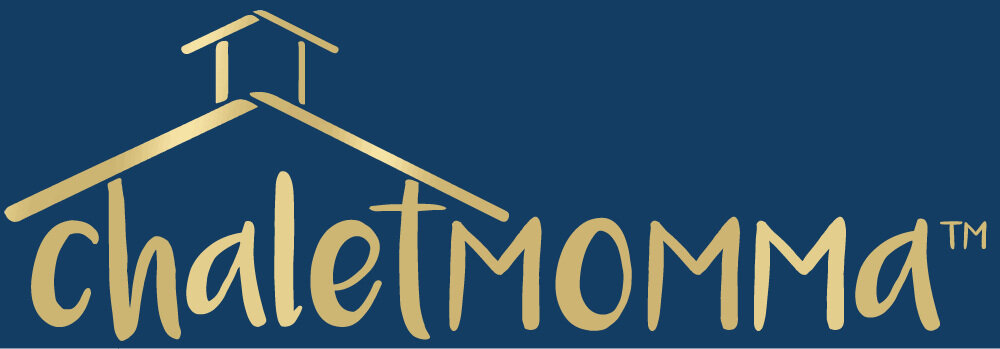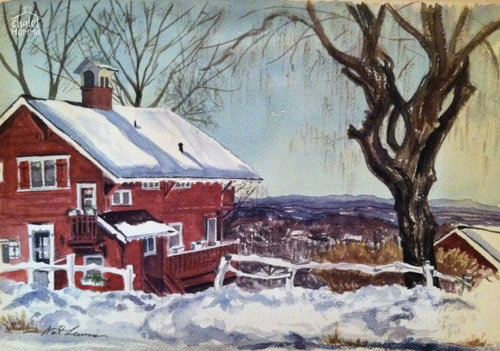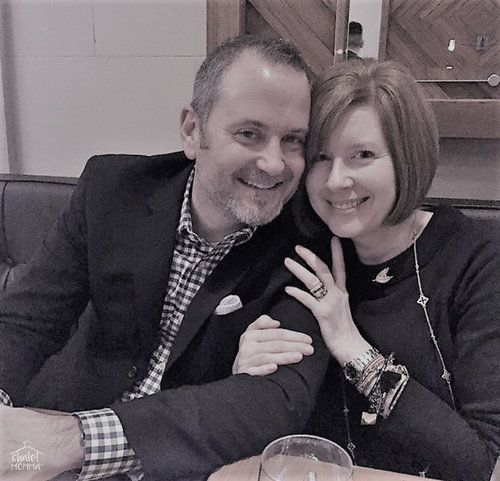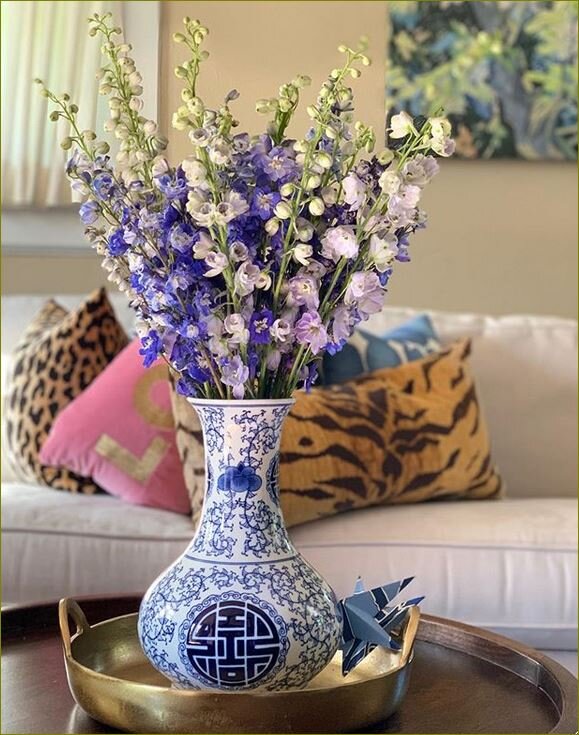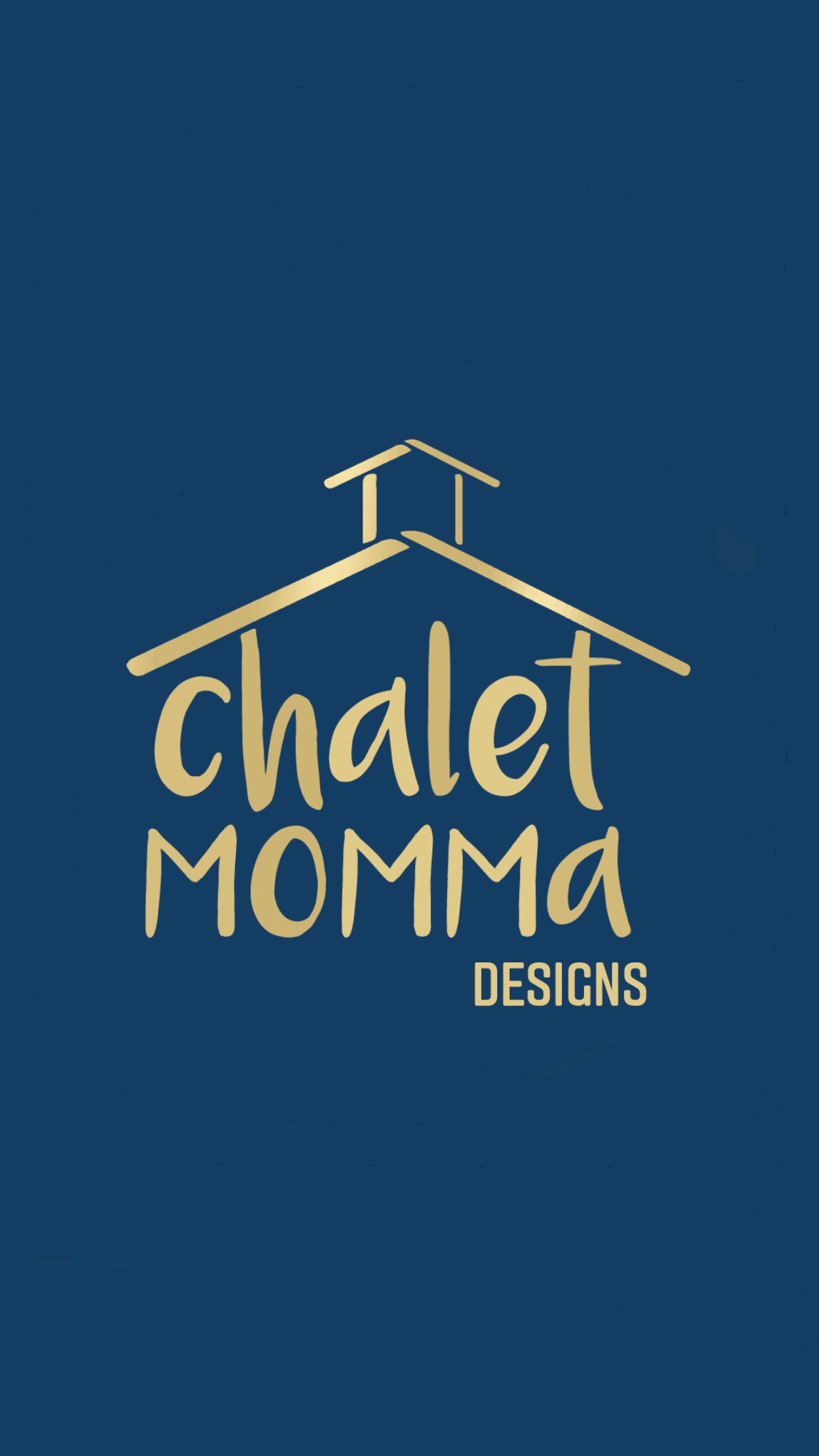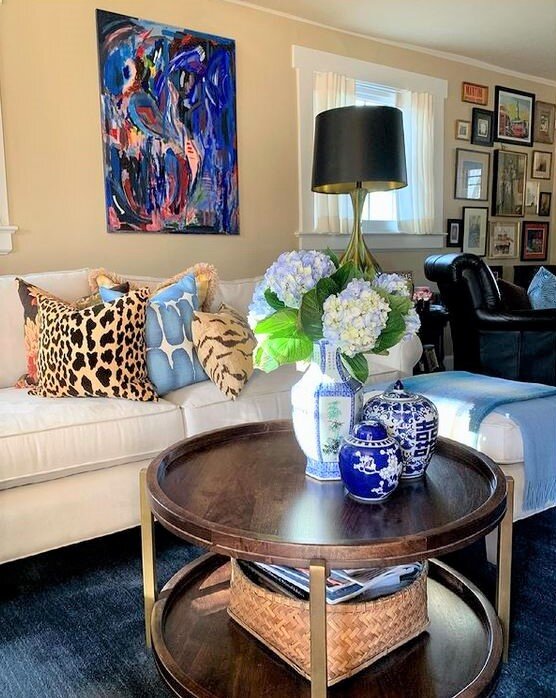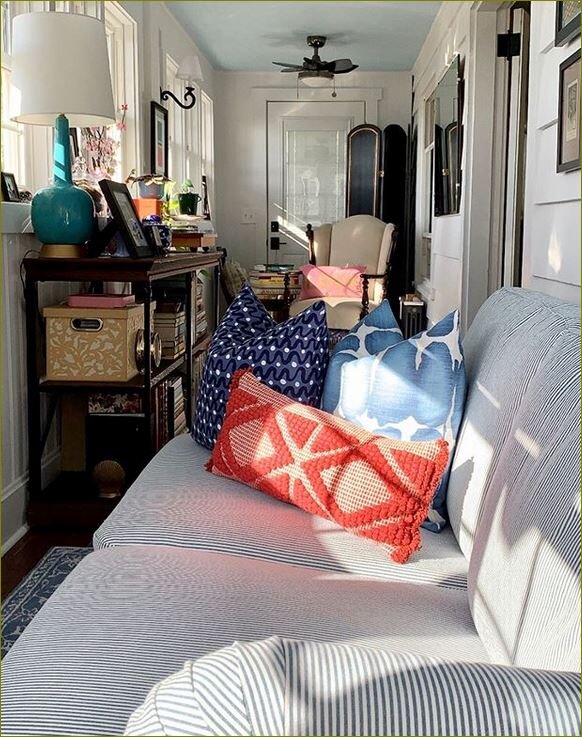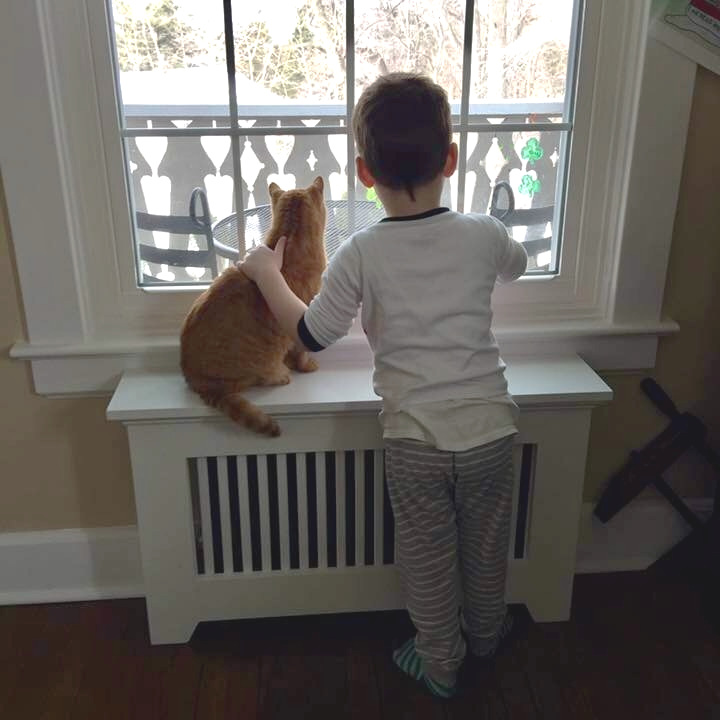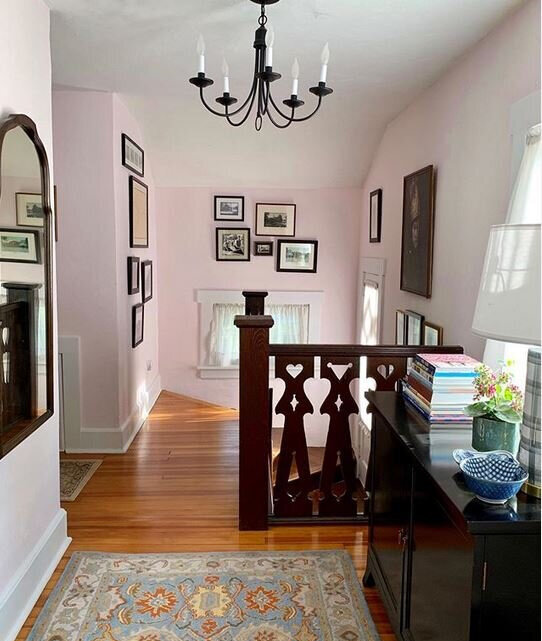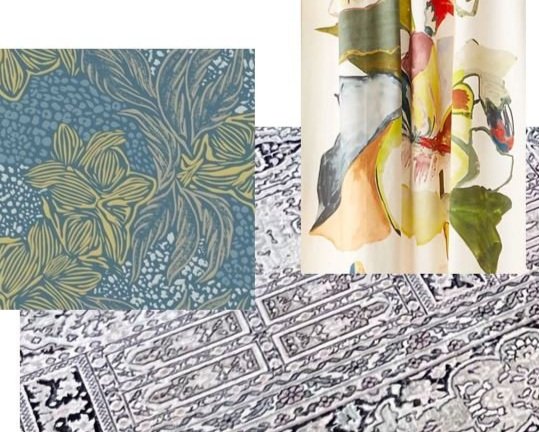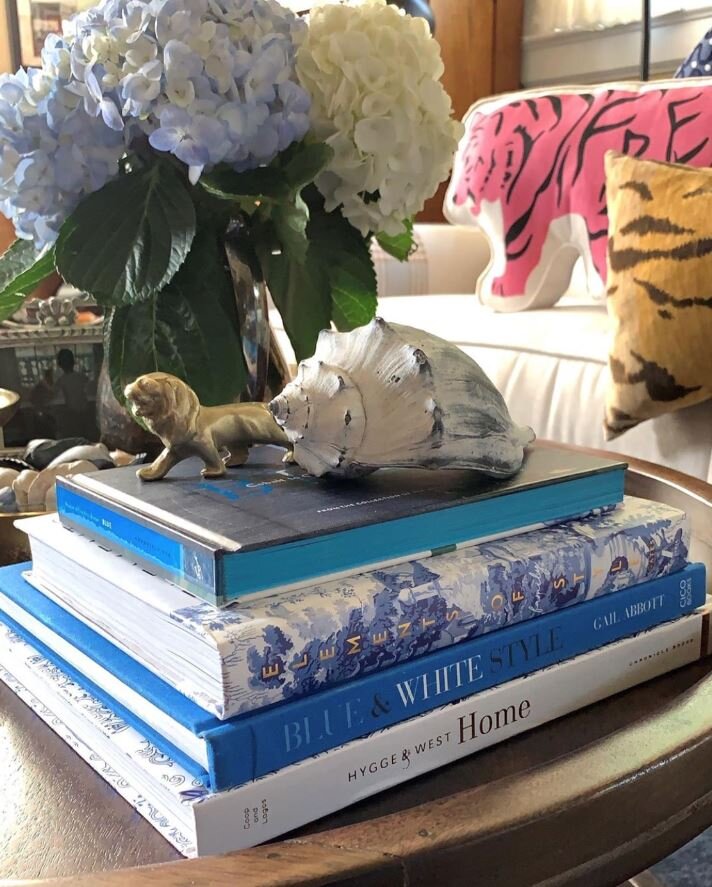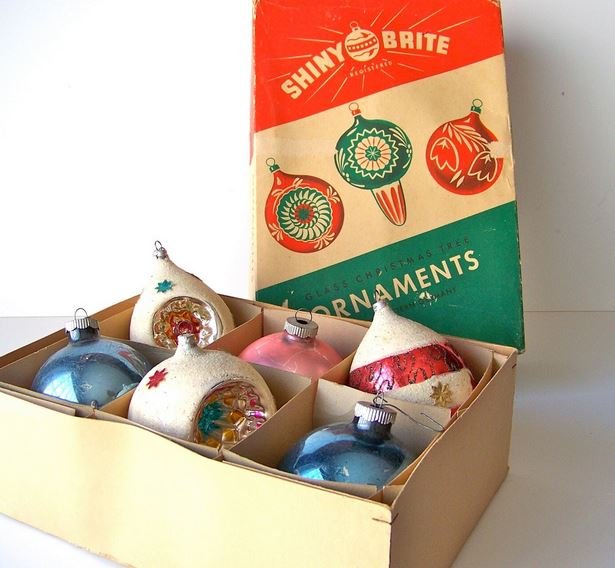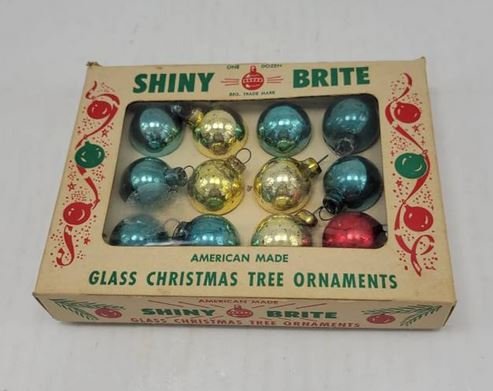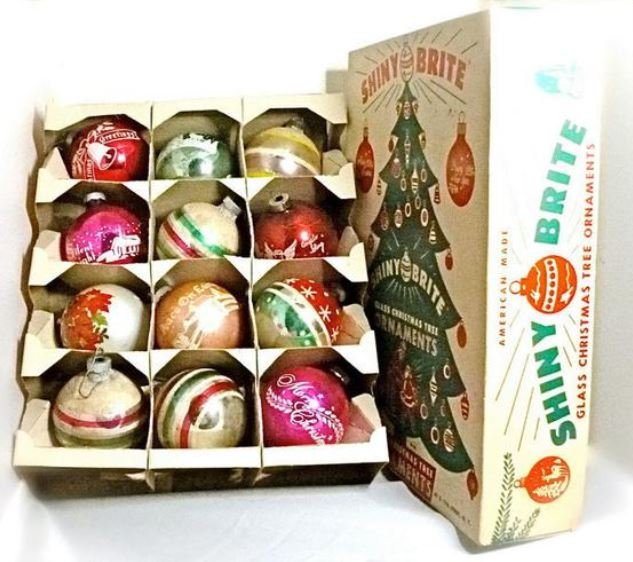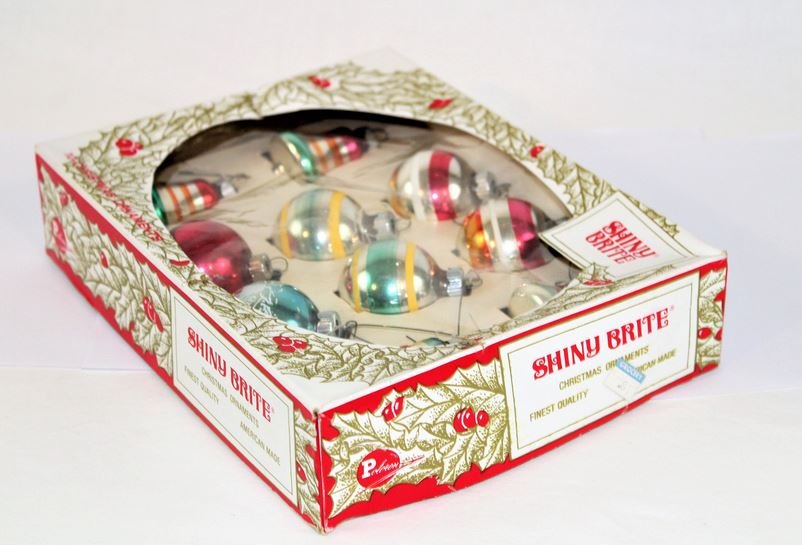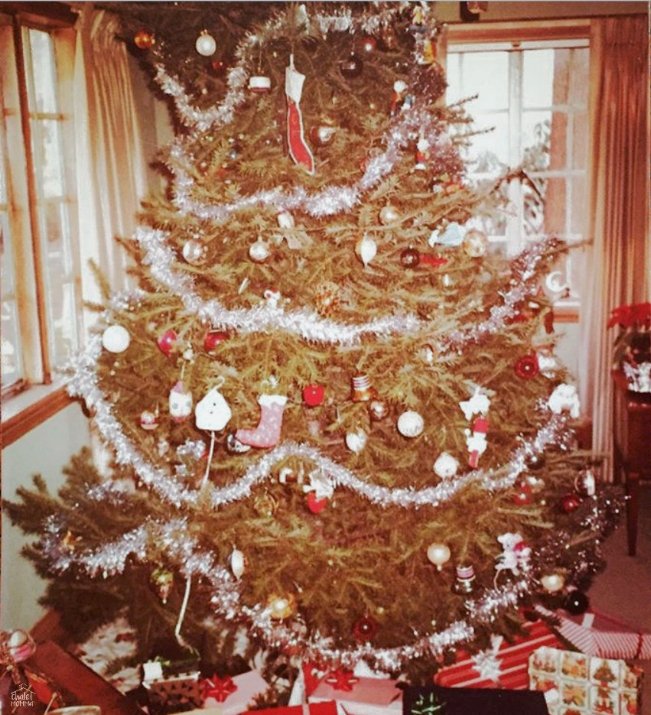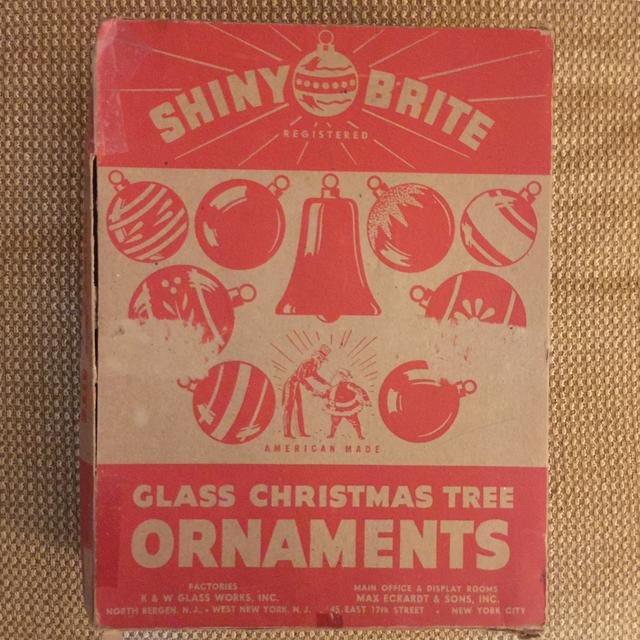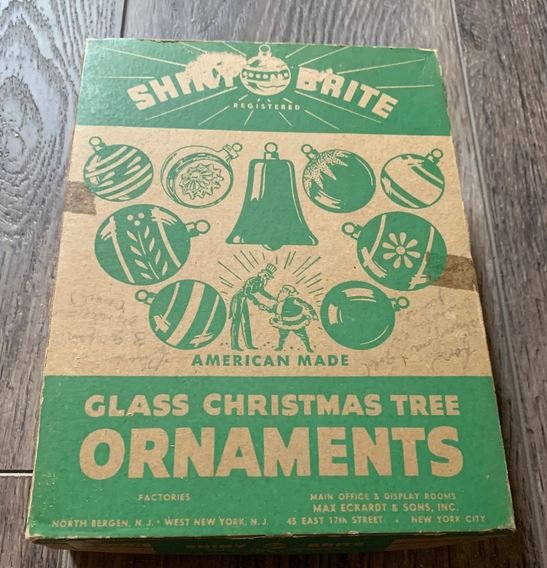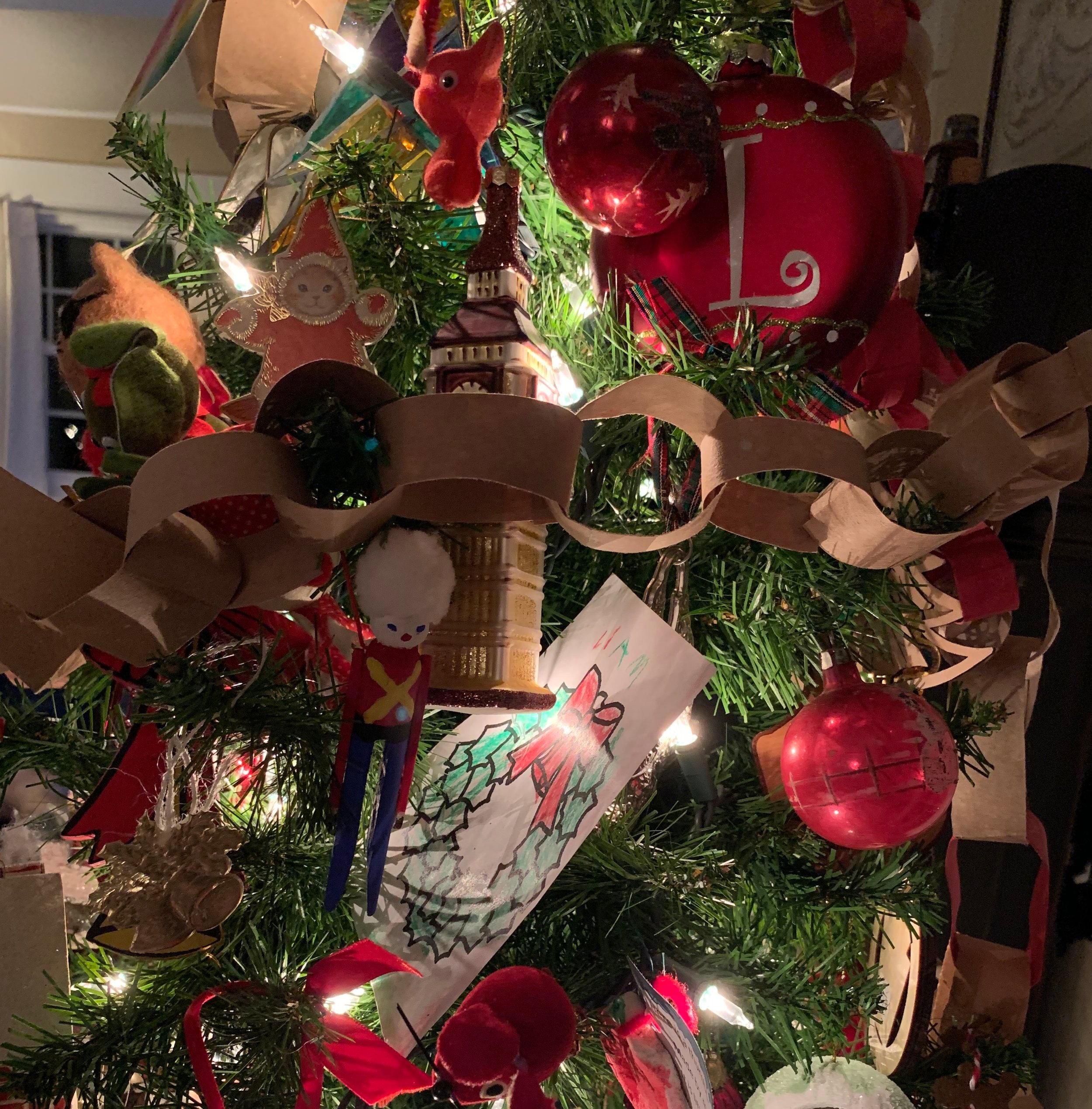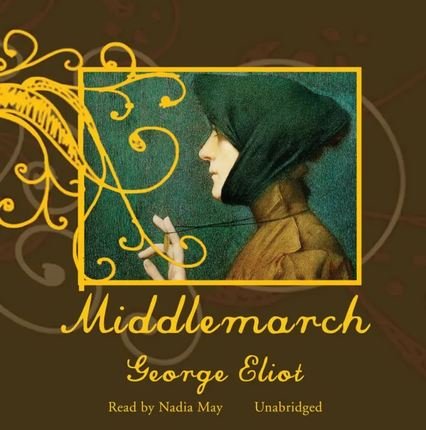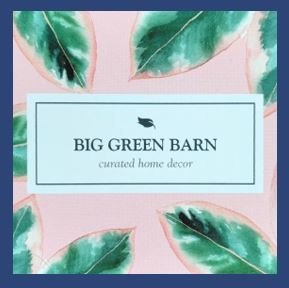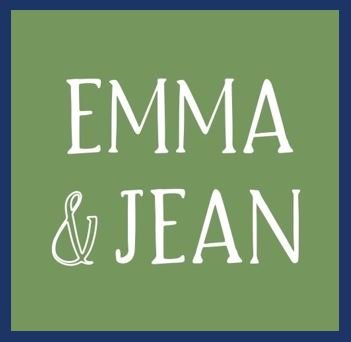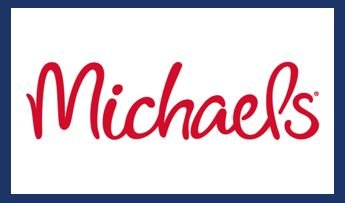Shimmering Shiny Brites
/Hello Friends - it’s that glorious time of year when we enjoy all the wondrous Christmas touches. One thing that has been a constant throughout my life associated with Christmas are Shiny Brite ornaments. I thought it would be fun to share a bit of the history of these special decorations.
Shiny Brite ornaments owe their existence to Max Eckardt. Mr. Eckardt was born in 1890 in Oberlind, Germany and lived 20 miles from Lauscha which at the time was the center of glass ornament manufacturing. Although he originally was a toy maker in 1926 he entered the ornament business opening a factory in Oberlind with his brother Ersnt. Their relatives and employees hand-decorated glass balls. The company also had an office in New York City at 1107 Broadway, which later became part of the International Toy Center. Max emigrated to New York City in the late 1920s.
In 1937, Mr. Eckardt saw the looming threat of war and the impact it would have on their business - a war would stop shipments of ornaments from their native Germany to America. He took the monumental step of opening a factory in the states and naming it The Shiny Brite Company.
Then he met with the Corning Glass Company and proposed a business partnership - if Corning would modify its glass ribbon machine, which made light bulbs and produce round ornaments instead he would buy them. He already had an agreement with the F. W. Woolworth Company to sell the ornaments. The machine switchover was a success and molten glass was shaped into balls. The balls were lined with silver nitrate which made them reflective and then coated with lacquer before shipping to the Shiny Brite factories for decorating.
F. W. Woolworth Company placed an order for 235,000 ornaments and in December 1939, the first machine-made batch was shipped to Woolworth’s Five-and-Ten-Cent Stores, where they were sold for two to ten cents apiece.
By 1941, 300,000 shaped ornaments such as bells, lanterns, trees, icicles and pinecones were produced daily at Shiny Brite factories in Irvington, Hoboken, North Bergen and West New York, New Jersey.
1984 Childhood Tree
During World War II, the company’s metal ornament caps and hooks were replaced with cardboard tabs and string and Shiny Brite boxes were decorated with a picture of Santa Claus shaking hands with Uncle Sam. After the war ornaments were again topped with the original metal Shiny Brite cap and hook. Other adjustments during World War II included the elimination of silver nitrate and lacquer because of their scarcity - the company began painting directly onto the clear glass balls. Also the bits of tinsel inside some designs was removed.
After the war was over the United States government asked Mr. Eckhardt to visit West Germany and help to rebuild the original ornament industry.
Sears Catalog Ad 1950’s
The Shiny Brite company continued to be a success with thousands of machine-painted ornaments produced daily throughout the 1950s from all four New Jersey locations.
Max Eckardt passed away 1961, as plastic ornaments began to gain popularity. In the late 1990s the designer Christopher Radko obtained the Shiny Brite name and began making and selling replicas.
The Shiny Brites I own belonged to my parents and are predominantly from the 1940’s with a few from the 1950’s including satin pastels.
In researching this piece I came across this article Christmas Nostalgia the images explaining the different iterations of the ornaments over the company history is wonderful. Click here to read.
Are you a fan of Shiny Brites? Do you own any? Let me know in the comments below! Til next time be well!
